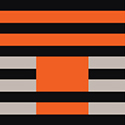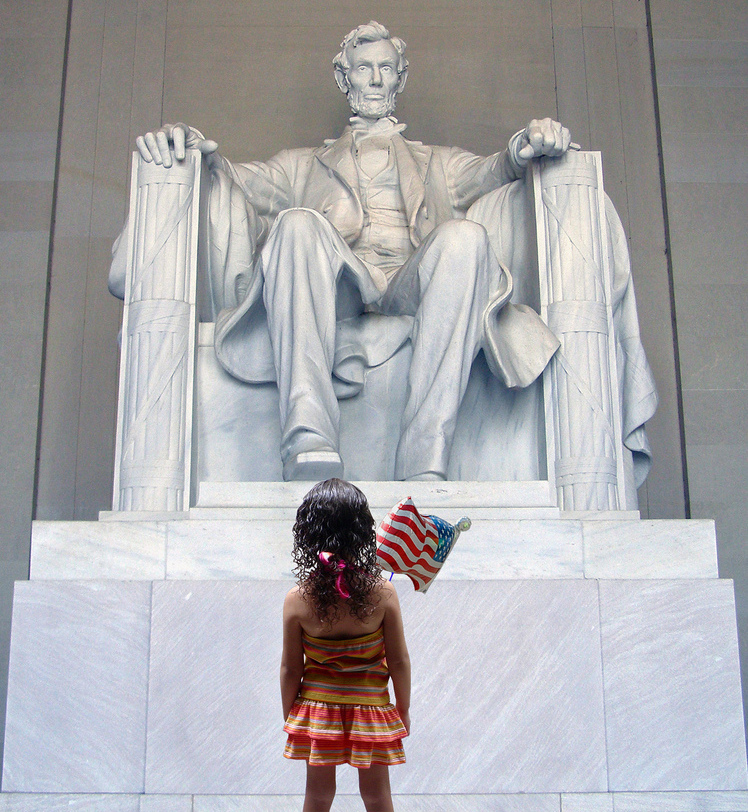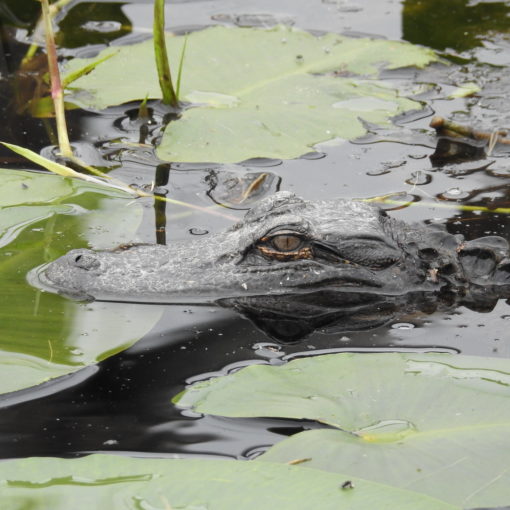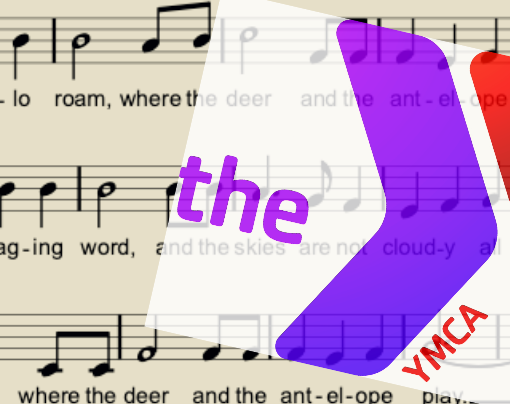Cultivating Clarity and Critical Thinking through Mindfulness
by Carol S. Hyman
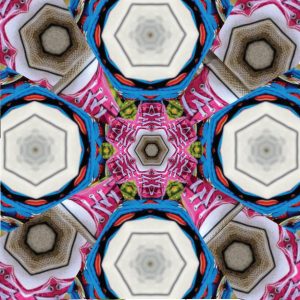
We get taught as we’re brought up a whole slew of skills:
how to tie our own shoes, what to do in fire drills,
where to go when we know we need food or a drink.
What a shame we aren’t taught how to critically think—
to be able to spot doubtful hidden assumptions,
a knack that requires keen eyes and real gumption.
Critical thinking doesn’t mean thinking critical thoughts; according to the dictionary, it means objective analysis and evaluation. But how can we be objective when all our personal experience is necessarily filtered through our subjective minds?
Oh sure, science can deliver information about the world around us that may qualify as objective. But most of the choices we face in our everyday lives – decisions we make about relationships and livelihood, the way we vote, what we choose to eat, to name just a few – are influenced by so many variables that seeking a scientific rationale for what to do is impractical at best.
The critical thinking people need to do these days involves objective analysis and evaluation of our unique and largely untapped cognitive capacities. So many problems facing the world today arise from the fact that most of us don’t know how to work with our own minds. It’s not that we need to spend time thinking about thinking, which can be just another way of entertaining ourselves. Rather we need a technique with which to explore the inner space of subjective experience. Mindfulness helps us develop keen eyes that look inward so we can discover the nature of our own kaleidoscopic filters.
Kaleidoscopes fascinate with their constantly changing and colorful displays. In the simplest, mirrors reflect light off objects in the world, displaying fresh and interconnected patterns with each turn of the hand. Most have an endpiece containing colored bits of glass or other objects; patterns created by these can be so opaque and mesmerizing that the world beyond is no longer even visible.
Consider the possibility that an untrained mind experiences reality as something like the images seen through a kaleidoscope: everchanging, fragmented by movement, potentially reflecting the world but often colored or even obscured by an inner endpiece – the tendencies, attitudes, and propensities that are part of our particular human baggage. Science tells us such conditioned patterns do shape our view of the world. Still we tend to believe that our thoughts accurately reflect reality; this doubtful hidden assumption looms large as a cause of confusion.
When we practice mindfulness, instead of believing everything we think, we begin to get familiar with our habitual patterns – we recognize the colors of our own kaleidoscopic endpiece, so to speak. With practice, we begin to see through those filters to the world beyond, fragmented though it may still appear given the speedy momentum of our minds.
Eventually we discover an omnipresent background of awareness underlying the everchanging content. You could call it the light of awareness. Just as the sun illuminates the objects of the outer world, the light of awareness reveals the patterns within us that color our version of reality, and thus allows us to discern with greater clarity the patterns that exist in the world around us.
As some of the filters coloring our personal perspectives begin to dissolve in the light of awareness, we come a little closer to being able to objectively analyze and evaluate our situation and that of the world around us. Then, instead of minding so much what others do, we find a new inspiration: How can I help? And this is where real gumption comes in.
The dictionary defines gumption as spirited initiative and resourcefulness. That’s pretty much the opposite of circling around in the kaleidoscopic confusion of habitual cynicism, helplessness, hopelessness, blame, and complaint that afflicts so many these days. Enough of us with keen eyes and real gumption could master the knack of spotting even more hidden assumptions. Who knows? We might even manage to get a new subject added to the educational curriculum – Working with the Mind: critical thinking 101.
Hey, it could happen!
